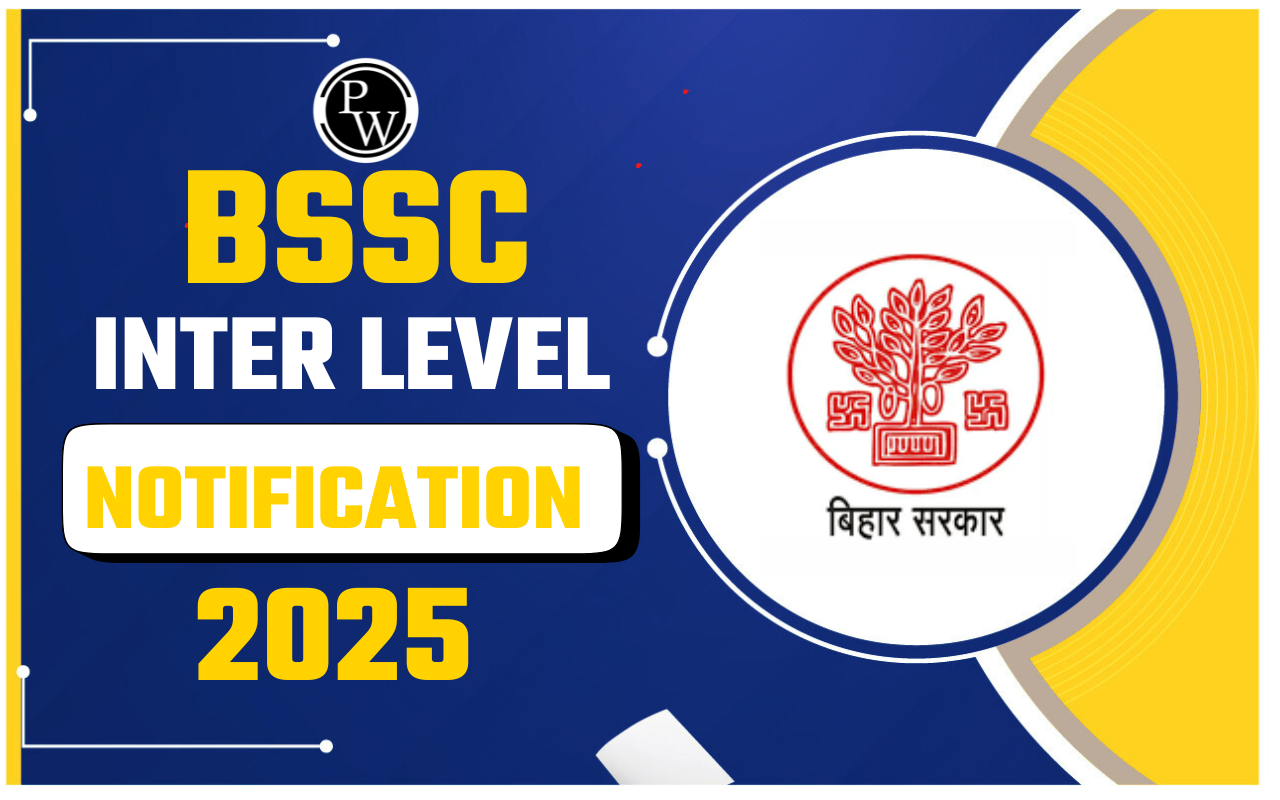
UP Home Guard Physical Test 2025 is conducted by the Uttar Pradesh Police Recruitment and Promotion Board (UPPRPB), and it is an important stage of the recruitment process for candidates. The UP Home Guard test consists of the Physical Measurement Test (PMT), which checks candidates' height and chest measurements, and the Physical Efficiency Test (PET), which checks stamina through a running part in the exam.
Different UP Home Guard PET/PST criteria are set for male and female candidates, along with relaxations for SC, ST, and hill area candidates. Here we provide a detailed breakdown of all requirements for UP Home Guard PET/PST criteria, including height, chest, and running test criteria, to help candidates prepare effectively for the UP Home Guard exam.
UP Home Guard Physical Test Details
For UP Home Guard recruitment in 2025, candidates must clear the Physical Test conducted by UPPRPB to get selected as a UP Home Guard. UP Home Guard Exam involves verifying height and chest in the Physical Measurement Test (PMT) and checking the stamina of the candidates in the Physical Efficiency Test (PET) through running. Standards differ for male, female, and reserved categories.
UP Home Guard Physical Eligibility 2025
The UP Home Guard Physical Eligibility 2025 is set by UPPRPB and includes requirements for height, chest measurements, and stamina. Both Male and female candidates have different standards, with relaxations for SC, ST, and hill-area candidates.
Meeting these UP Home Guard PET/PST criteria is mandatory for all candidates to qualify for the further selection process. Physical fitness of a candidate plays a huge role in the selection process in this type of service. As a Home Guard, you need to be fit to serve the people. Check below for the detailed UP Home Guard eligibility and physical test requirements.
UP Home Guard Height and Chest Measurement
UP Home Guard Height and Chest Measurement standards are part of the Physical Measurement Test (PMT).
Male candidates must meet both height and chest expansion criteria, while female candidates are judged only on height. Category-wise relaxations are also provided to the candidates. Detailed UP Home Guard Height and Chest measurements are given below:
|
UP Home Guard Height and Chest Measurement |
|||
|
Category |
Height |
Chest (Normal) |
Chest (Expanded) |
|
General/SC |
167.7 cm |
78.8 cm |
83.8 cm |
|
ST |
160 cm |
76.5 cm |
81.5 cm |
|
Hill Area |
162.6 cm |
76.5 cm |
81.5 cm |
UP Home Guard Physical Efficiency Test
The candidates shortlisted for the Physical Efficiency Test (PET) must participate in the race, with separate criteria for men and women.
The performance of every candidate is measured by the time taken, and those who fail to complete within the minimum limit will be disqualified from the selection. The detailed PET race standards are provided below:
|
UP Home Guard Physical Efficiency Test |
|||
|
Men's (1500m) |
Women (400m) |
||
|
10 minutes |
5 digits |
2.5 minutes |
10 Digits |
|
8 minutes |
7 digits |
3.5 minutes |
7 digits |
|
6 minutes |
10 Digits |
4 minutes |
5 digits |
Preparation Tips for UP Home Guard Physical Efficiency Test
To qualify in the UP Home Guard Physical Efficiency Test (PET), candidates must focus on regular running practice, strength training, a balanced diet, and proper rest. Building stamina, improving speed, and monitoring progress are important for selection in this Department. For effective preparation strategies, check below:
1. Strength and Stamina Training for UP Home Guard PET
-
Include push-ups, squats, planks, and lunges in your daily workout.
-
Focus on leg muscles as they are key to increasing running endurance.
-
Practicing breathing exercises is very important to improve lung capacity during long runs. Also, keep in mind this is the most important aspect of training as many candidates face heavy breathing issues during training.
2. Maintain a Healthy Diet To Clear Physical Exam
-
Every UP Home Guard participating candidate should eat a balanced diet with proteins (eggs, pulses, milk), complex carbs (rice, oats, chapati), and fresh fruits.
-
Stay hydrated and avoid junk food that reduces energy levels.
-
Take light meals before practice sessions to avoid fatigue during training or the selection process.
3. Regular Practice Under UP Home Guard Exam Conditions
-
Candidates are advised to run on a track or open ground similar to the actual test environment, so that on the exam day, they can perform well and clear the exam easily.
-
Use proper running shoes to avoid injury that can lead to disqualification from the service.
-
Practice timing yourself strictly, aiming to finish faster than the required time. This is one of the most important strategies, as you need to be the best in the PET/PST.
4. Improve Flexibility and Recovery with Time
-
Stretch before and after running to prevent cramps and injuries and enhance flexibility.
-
Include yoga or light stretching routines to maintain flexibility. Also, it is being said that yoga relaxes the mind, and it is important to stay calm during the whole selection process to give the best.
-
Make sure to get 7–8 hours of proper sleep for muscle recovery so that you can perform all the UP Home Guard Tests properly.
UP Home Guard Physical Test Details FAQs
What are the stages of the UP Home Guard Physical Test 2025?
What is the running distance for male and female candidates in UP Home Guard PET/PST?
Is chest measurement compulsory for all candidates in the UP Home Guard Selection?
Are there category-wise relaxations in UP Home Guard physical eligibility?









